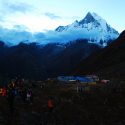Annapurna Circuit Trek is one of the most popular and famous trekking routes in the world, the Annapurna Circuit Trek is located in the Annapurna region of Nepal. This hike is the perfect combination of adventure, culture and natural beauty that attracts thousands of hikers each year. The trek takes you through a variety of landscapes, from lush subtropical forests to arid deserts, crossing high passes and offering breathtaking views of majestic mountains.
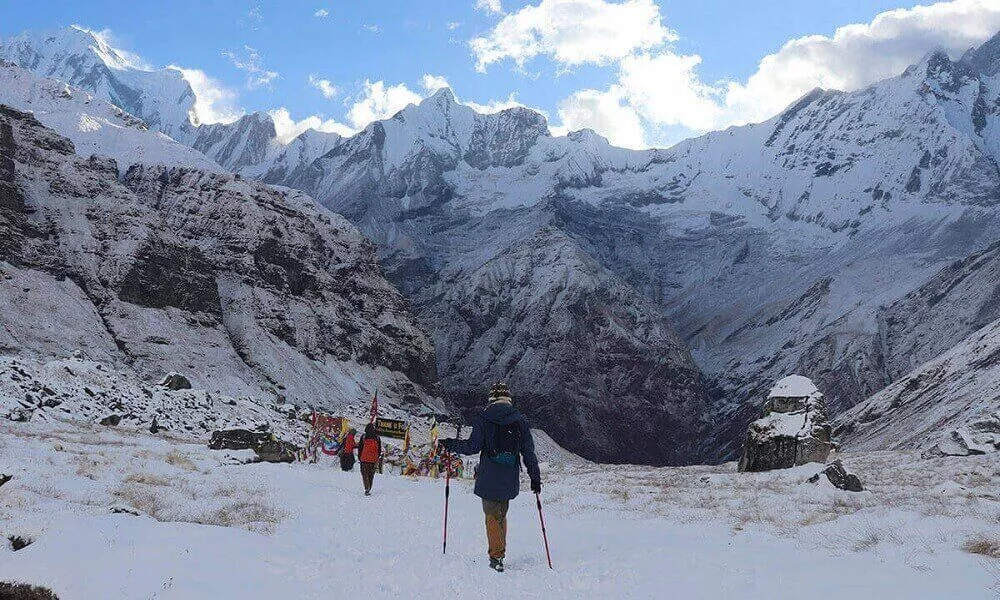
The Annapurna Circuit trek is a classic trek covering a distance of approximately 160-230 kilometers, depending on the route and detours. The trek usually takes about 15-21 days, starting from Besisahar and ending in Pokhara. Along the way, trekkers cross the highest point of the trek, Thong La Pass (5,416 m), offering panoramic views of the surrounding mountains.
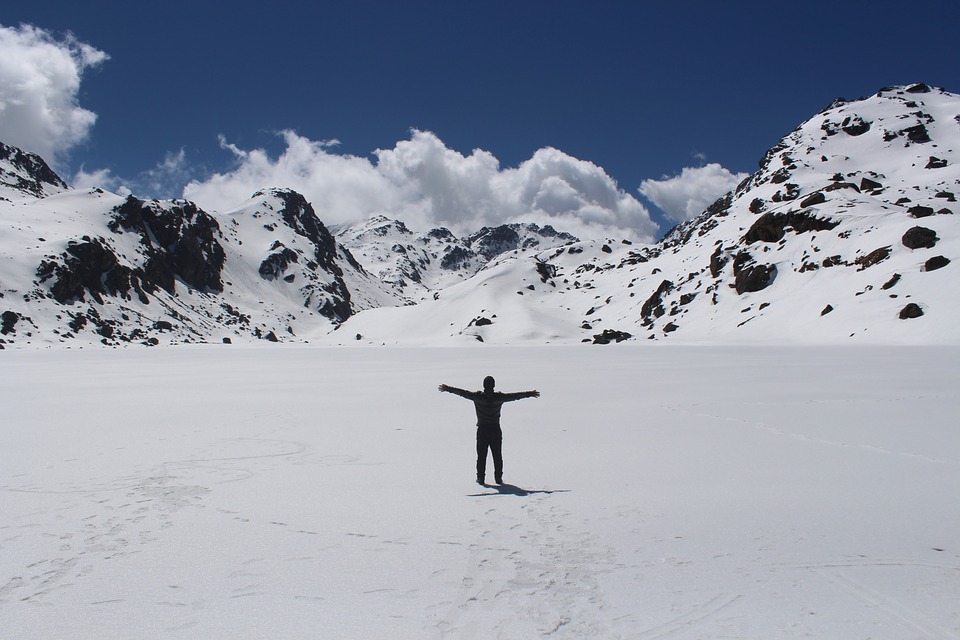
Highlights of Annapurna Circuit Trek
- The trek provides breathtaking views of some of the world’s tallest mountains, including Annapurna, Dhaulagiri, Manaslu, and Machhapuchhre. The Thorong La Pass (5,416m), which offers panoramic views of the snow-capped mountains, is the trek’s highlight.
- The route passes through a variety of ethnic communities, including Gurung, Thakali, and Tibetan. You will have the opportunity to visit traditional villages, monasteries, and temples, as well as learn about the local people’s culture and way of life.
- The trek takes you through a variety of landscapes, from lush subtropical forests to arid deserts. You will pass through narrow gorges, high mountain passes, and scenic valleys, as well as waterfalls, rivers, and hot springs.
- The Annapurna Circuit Trek is a strenuous adventure that necessitates physical fitness, mental fortitude, and proper acclimatisation. Crossing the Thorong La Pass is a difficult feat that provides a sense of accomplishment and satisfaction.
- The local communities along the trekking route are known for their friendly nature and warm hospitality. You will be able to stay in traditional teahouses and lodges while enjoying delicious Nepali food and hospitality.
What is the best time to do Annapurna Circuit Trek?
The best times for the Annapurna Circuit trek are during the trekking peak season from September to November and from March to May. The weather in these months is generally sunny and dry, with moderate temperatures and minimal precipitation. The skies are often blue and the mountain views are great.
September to November is also known as the post-monsoon season, when the trails dry out and become lush. Temperatures are cool during the day and cool at night, making it a perfect time for trekking. The mountain scenery is clear and the sky is often blue.
March to May is known as the spring season, when the rhododendron forests along the trekking route are in full bloom and offer spectacular views. The weather is mild and dry with clear skies and good visibility. Comfortable temperatures during the day and cooler at night.
However, while the Annapurna Circuit trek can be done year-round, during the monsoon season from June to August, the trails are often slippery and muddy, with clouds and rain obscuring mountain views. It is important to note that During the winter months of December to February, the trails are covered with snow, making the hike more difficult.
What are the permits required for Trekking in Annapurna Circuit?
Annapurna Conservation Area Permit (ACAP):
ACAP is required for all trekkers entering the Annapurna Conservation Area (ACA). The ACA is a protected area covering 7,629 square kilometers and is home to a wide variety of flora and fauna, including endangered species. This permit helps fund local conservation efforts and sustainable development projects. ACAP can be obtained at the Nepal Tourism Board office in Kathmandu or Pokhara or at the Immigration Office in Besisahar.
Trekkers Information Management System(TIMS):
The TIMS card is a registration card designed to provide information and ensure safety for trekkers in Nepal. The card contains information about the trekker such as name, nationality and contact information. TIMS maps track the movements of trekkers in the Annapurna region and are useful in emergencies. TIMS cards are available at Nepal Tourism Board offices in Kathmandu or Pokhara or Nepal Trekking Association Association (TAAN) offices in Kathmandu or Pokhara.
What is the Difficulty Level Of Annapurna Circuit Trek?
The Annapurna Circuit trek is considered a moderate trek. The trail is well-maintained and well-marked, but there are many days of hiking and some steep ascents and descents. The highest point of the trek is Tron La Paz at an altitude of 5,416 meters (17,769 feet). The elevation and steep climbs to Tron La Paz can make this section of the trek challenging for some trekkers.
The Annapurna Circuit trek includes high and steep sections as well as some challenging river crossings during the monsoon season when water levels are high. Trekkers also need to be prepared for unpredictable weather conditions such as rain, snow and high winds.
What is the difference between Annapurna Circuit Trek and Annapurna Base Camp Trek?
The Annapurna Circuit trek is a longer trek, usually taking 18-21 days. The trek begins in the town of Besisahar and follows a circular route through a variety of landscapes, including lush subtropical forests, alpine meadows and high deserts. The highest point of the trek is Tron La Paz at 5,416 meters (17,769 feet) and the trek ends in the town of Jomsom.
The Annapurna Base Camp Trek, on the other hand, is a shorter trek, typically taking 10-12 days. The trek begins in the town of Nayapul and follows trails through picturesque villages and rhododendron forests before reaching Annapurna Base Camp at an altitude of 4,130 meters (13,550 feet). The hike ends at the same point where it started.
How is the Accommodation in Annapurna Circuit Trek?
Accommodations on the Annapurna Circuit Trek are readily available, from simple teahouses to luxurious lodges. A tea house is a small guest house that offers simple, no-frills accommodation, usually in private or shared rooms with a bed and shared bathroom. The more luxurious lodges offer amenities such as private bathrooms and hot showers.
In the latter part of the trek, such as Besisahar and Jagat villages, you will find comfortable and well-equipped accommodation. Facilities become simpler as you climb up the mountain, with lodges and teahouses becoming more rustic. During the high season of trekking, it is advisable to book your accommodation in advance, especially if you have a particular lodge or tea house in mind. We offer a simple menu.
Please note that some of the most popular lodges and teahouses can get very busy during the high season due to the growing popularity of the Annapurna Circuit trek. In such cases, it is recommended to book in advance to secure accommodation. Also, the cost of accommodation and meals can be higher in high season than in off season.
What kinds of food is available during the Annapurna Circuit Trek?
On the Annapurna Circuit trek, you’ll find a variety of eateries ranging from Nepalese and Tibetan to Western. Lodges and teahouses along the way usually offer menus with both vegetarian and non-vegetarian options. You can get the foods like Dal bhat, Thukpa, Noodles, fry rice, Pizzas and Pasta, Momos and many other kinds of foods.
Detailed Itinerary for Annapurna Circuit Trek:
Day 01: Welcome to Kathmandu
Welcome to Nepal. Our team member will be waiting for you at the Tribhuvan International Airport. Our team member will welcome you and transfer you to a three-star hotel in Kathmandu (in a private vehicle). You can relax for a while after checking into the hotel. We will meet you at our office and introduce you to your guides and brief you on the trek. The meeting will be followed by a warm welcome meal at one of Kathmandu’s best traditional Nepali restaurants. Along with the meal you will get to experience ethnic dancing and cultural music of Nepal. Rest overnight.
Day 02: Sightseeing in Kathmandu
Kathmandu, the capital of Nepal, is a vibrant city rich in cultural and historical heritage. Kathmandu has several attractions worth exploring. One of his most popular tourist attractions is the UNESCO World Heritage Site of Durbar Square. Here you’ll find 16th-century palaces, temples, and courtyards. Swayambhunath Temple, also known as Temple of His Monkey, is another must-see attraction. This temple is located on a hill and offers panoramic views of the city. Another of his landmarks is the Boudhanath Stupa, his one of the world’s largest stupas and an important pilgrimage site for Buddhists. Dedicated to Lord Shiva, the Pashupatinath Temple is an important religious site visited by thousands of Hindu pilgrims each year. Other notable attractions include the Kathmandu National Museum, the Garden of Dreams, and the Hanuman Dhoka Palace. With its rich cultural heritage, historical attractions and vibrant atmosphere, Kathmandu is a city not to be missed on your trip to Nepal.
Day 03: Drive from Kathmandu to Besisahar
The third day of the Annapurna Circuit trekking route drives from Kathmandu to Besisahar, the starting point of the trek. After breakfast, meet your trekking guide and board a private vehicle for a drive through the Nepalese countryside. Travel time is approximately 6-7 hours, depending on traffic and road conditions. Along the way, you’ll pass several towns and villages, offering a glimpse into the local way of life and culture. The journey takes you through winding roads and lush forests with views of towering mountains in the distance. It also crosses several rivers and streams, adding to its natural beauty. Upon arrival at Besisahar, check into the guesthouse and meet his crew for the rest of the trek, including porters and cooks. You will also have some free time to explore the city and do some last-minute shopping for necessary trekking gear and supplies.
Day 04: Trek from Besisahar to Khudi or Sirung
The drive from Besisahar to Khudi takes about 45 minutes, offering breathtaking views of the Himalayas along the way. Pass through small villages and cross several suspension bridges over the Marsyangdi River, the highlight of the trip. Upon arrival in Khudi, check into your guesthouse, relax and prepare for your trek. In the afternoon you can explore the village and its surroundings and soak up the peaceful atmosphere. Khudi is a charming village and the locals are very welcoming. You can experience the local culture and way of life before setting off on your trek.
Day 05: Trek from Khudi to Sirung
The fifth day of the Annapurna Circuit trek begins the actual trekking journey from Besisahar or Khudi to Sirung at an altitude of 2200m. After breakfast, set off on foot, following well-defined paths meandering through lush forests and quaint villages.
The trek to Sirung is relatively easy and the trail is well-maintained, perfect for warming up for the next few days. Along the way you will pass some small villages where you can interact with the locals and learn about their way of life. The scenery on this part of the trek is breathtaking, with panoramic views of the Himalayas in the distance. It also passes by terraced fields and lush forests with rhododendrons and oaks, adding to the natural beauty.
Day 06: Trek from Jagat to Dharapani
On the sixth day of the Annapurna Circuit trek, continue your journey from Jagat to Dharapani. After breakfast, set off on a winding, signposted path through the beautiful Manang Valley. The trek to Dharapani is a bit more challenging than the previous day, with steep ascents and descents. But the breathtaking scenery along the way more than makes up for the effort required. Pass some small villages such as Chamje and Tal where you can rest and mingle with the locals. The highlight of this part of the trek is the breathtaking views of the Annapurna and Ramjung Himal ranges. It also crosses the Marsyangdi River several times, making the trip even more exciting.
Day 07: Trek from Dharapani to Chame
The trail from Dharapani to Chame is relatively gradual, with gentle ascents and descents. Along the way, you’ll pass some small villages such as Bagarchhap and Timang, where you can rest and mingle with the locals. One of the highlights of this part of the trek is the spectacular views of the Himalayas including Annapurna II, Ramjung Himal and Manaslu. It also passes through dense rhododendron and oak forests that are home to a variety of wildlife. Closer to Chame, the landscape becomes arid and rocky with towering cliffs and waterfalls. Chame is the administrative center of the Manang district and a bustling town with shops, cafes and guesthouses. You can spend your evening exploring the city and interacting with the locals.
Day 08: Trek from Chame to Pisang
On day 8 of the Annapurna Circuit trek, continue your journey from Chame to Pisan. This section of the trek takes you through some of the most scenic landscapes of the Manang Valley and is his one of the highlights of the Annapurna Circuit trek. The trek from Chame to Pisang is of moderate difficulty and gently ascends along the Marsyangdi River. Along the way you will pass several small villages such as Bratan and Dukur Pokhari. There you can rest and enjoy the stunning views of the surrounding mountains. The closer you get to Pisang, the more barren and rocky the landscape is with its towering cliffs and gorges. Pisang is a beautiful village with a unique blend of traditional architecture and Tibetan and Nepalese culture. Visit Pisang Monastery, one of the most famous monasteries in the region, and learn about local customs and traditions.
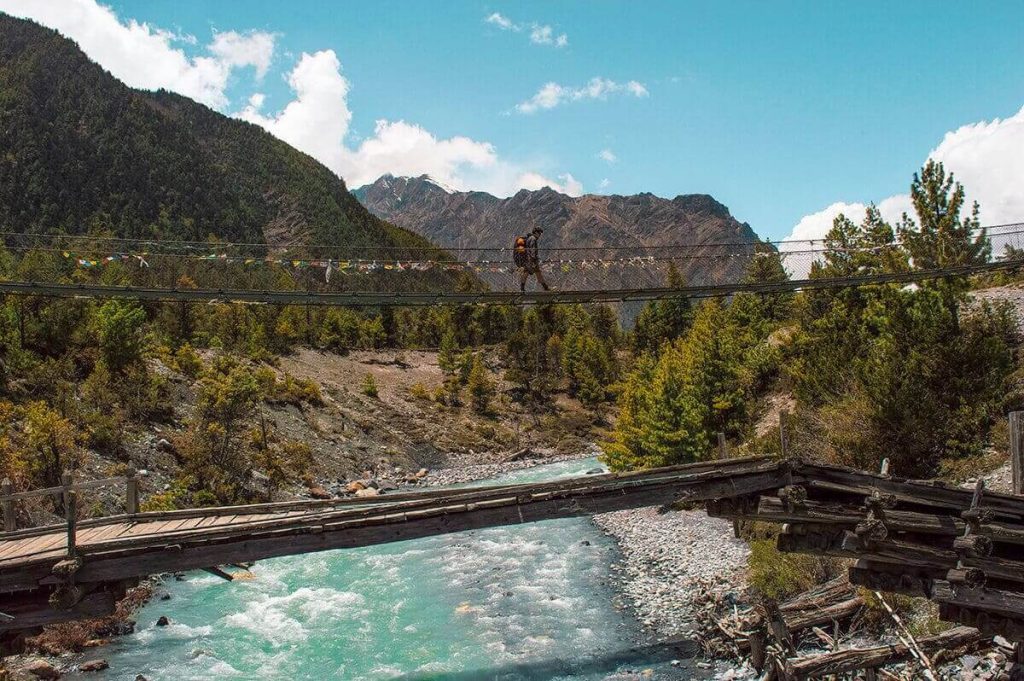
Day 09: Trek from Pisang to Manang
On the nine day of the Annapurna Circuit trek, we continue our journey from Pisan to Manang. This is one of the most challenging stages of the trek as the elevation increases and the terrain becomes more rugged and barren. The trek from Pisan to Manang takes you through the stunning valleys of the Marsyangdi River, with views of towering mountains and glaciers in the distance. You will pass several small villages including Ghyaru and Ngaul where you can rest and enjoy the wonderful scenery. Approaching Manang, the landscape becomes barren and rocky, lined with towering cliffs and gorges. Manang is a picturesque village at an altitude of 3,540 meters above sea level and a hub for hikers and climbers. A great place to acclimate and prepare for the high altitude trek.
Day 10: Acclimatization Day at Manang
Day 10 of the Annapurna Circuit trek will take you to Manang for acclimatization. This is an important day to help your body acclimate to the high altitude and reduce the risk of altitude sickness. Manang is a picturesque village at an altitude of 3,540 meters above sea level and a hub for hikers and climbers. A great place to acclimate and prepare for the high altitude trek. On your acclimatization day in Manang, you can go on short hikes to explore the surroundings and enjoy breathtaking views of the Himalayas. You can visit Lake Gangapurna, a beautiful glacial lake, explore villages and interact with the locals to learn about their way of life and customs. In Manang, you can also visit the Himalayan Rescue Association Clinic. Here you can find medical assistance and information about altitude sickness and other mountain-related illnesses. It is important to rest and hydrate on the acclimatization day in Manang to prepare for the rest of the trek. You can also sample local cuisine, including traditional Tibetan dishes such as thukpa and momos.
Day 11: Trek from Manang to Yak Kharka
The 11th day of the Annapurna Circuit trek continues the journey from Manang to Yak Kharka. This section of the trek takes you through high altitude and rugged terrain, gradually heading towards Trong La Pass. The trek from Manang to Yak Kharkka offers breathtaking views of the Himalayas including Annapurna II, Annapurna III, Gangapurna and Tillicho peaks. The trail passes through several small villages such as Gunsang and Ledar where you can rest and enjoy the wonderful scenery. As you approach Yak Kharka, it becomes a barren, rocky landscape lined with towering cliffs and canyons. Yak Kharka is a small village at an altitude of 4,110 meters above sea level and a popular resting place for trekkers en route to Trong La Pass. At Yak Kharka you will have the opportunity to explore the village and interact with the locals to learn about their way of life and customs. You can also sample local cuisine, including traditional Tibetan dishes such as thukpa and momos. Day 11 is a challenging but rewarding day of trekking, giving us a chance to witness the breathtaking beauty of the Himalayas and prepare for the higher elevations of our trek. The trek from Manang to Yak Kharka is a journey that will leave you with unforgettable memories of Annapurna his circuit his trek.
Day 12: Trek from Yak Kharka to Thorong la Phedi
You will continue your journey from Yak Kharka to Thorong La Phedi on Day 12 of the Annapurna Circuit Trek. As you make your way towards Thorong La Pass, this leg of the trek takes you through high altitude and rugged terrain. The journey from Yak Kharka to Thorong La Phedi is a steady ascent through rocky terrain and desolate landscape. You will pass through several small villages, including Letdar and Churi Ledar, where you can rest and admire the breathtaking Himalayan views. The landscape becomes more rugged and steep as you approach Thorong La Phedi, with towering cliffs and canyons. Thorong La Phedi is a small village at an elevation of 4,600 metres above sea level. A popular rest stop for trekkers en route to Thorong La Pass. You will be able to rest and prepare for the difficult ascent to Thorong La Pass in Thorong La Phedi. The village provides basic lodging and amenities, such as a small teahouse and a medical clinic.
Day 13: Trek from Thorong Phedi to Muktinath Crossing Thorong la Pass
The 13th day of the Annapurna Circuit Trek is one of the most difficult and rewarding days of the trek. You will cross the famous Thorong La Pass, the trek’s highest point at 5,416 metres above sea level. The trek begins early in the morning with a journey to Thorong La Pass. As you approach the high mountain pass, the initial ascent is steep and difficult. The trail is rocky and rugged, and breathing can be difficult due to the altitude. However, the breathtaking views of the Himalayas more than compensate for the effort. You will be rewarded with breathtaking views of the Annapurna and Dhaulagiri mountain ranges as you reach the top of Thorong La Pass. You should feel proud of yourself because you just conquered one of the world’s highest mountain passes. The trail descends steeply from the pass to Muktinath, a Hindu and Buddhist holy site. The trail is rocky and slippery, and the descent can be difficult on the knees. As you descend, the landscape will change, with dry and barren hills replacing the lush greenery of the lower altitudes. After a long and exhausting day, you will arrive in Muktinath, a place of great religious significance for Hindus and Buddhists alike. The village is home to the famous Muktinath Temple, a Hindu and Buddhist pilgrimage site.
Day 14: Trek from Muktinath to Kagbeni
The route from Muktinath is scenic and culturally significant, taking you through the heart of the Mustang region. Kagbeni is a small town on the banks of the Kali Gandaki River that serves as the entry point to Upper Mustang. As you leave Kagbeni, the trail gradually ascends, and you will notice a change in the landscape. The barren hills and desert-like terrain contrast sharply with the lush greenery of the lower elevations. As you travel towards Muktinath, you will pass through several small villages and monasteries where you can take a break and admire the breathtaking Himalayan views. Although the altitude can make breathing difficult, the trail is well-marked and the terrain is relatively easy.
Muktinath is a small village at an elevation of 3,710 metres that is an important religious site for both Hindus and Buddhists. The village is home to the well-known Muktinath Temple, which attracts thousands of pilgrims each year. The temple is one of the 108 Vaishnava shrines dedicated to Lord Vishnu. A monastery and several hot water springs with medicinal properties are also part of the temple complex. The trek from Kagbeni to Muktinath is a culturally significant and scenic route that allows you to enjoy the beauty and religious significance of the Mustang region. The stunning views of the Himalayas, the barren hills, and Muktinath’s cultural and religious significance make this trek truly one-of-a-kind.
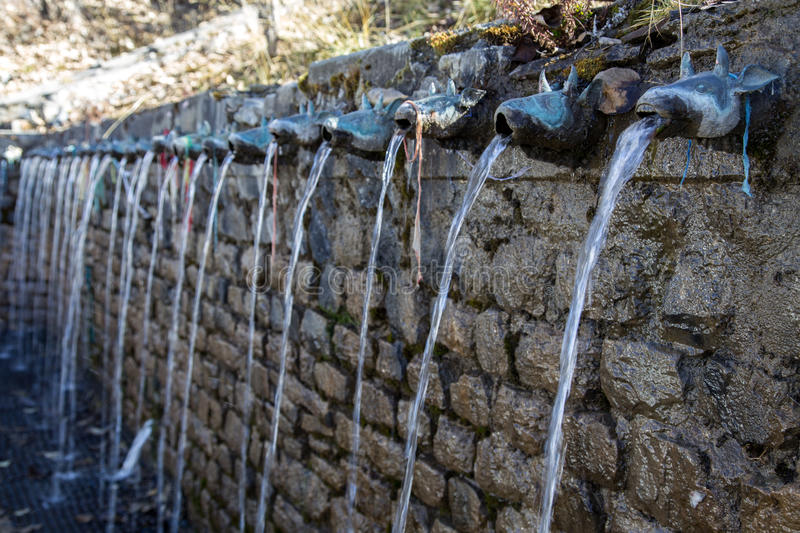
Day 15: Trek from Kagbeni to Jomsom
The trek from Kagbeni to Jomsom is a relatively easy walk through the Kali Gandaki Valley, which is known for its distinctive landscapes and cultural significance. You will walk along the banks of the Kali Gandaki River as you leave Kagbeni, passing through several small villages and monasteries. The trail is well-marked and relatively flat, making it a simple stroll. You will notice a change in the landscape as you approach Jomsom. The barren hills give way to lush greenery, and apple orchards and other fruit trees can be found. Jomsom, located at an elevation of 2,713 metres, is the administrative headquarters of the Mustang district. The town is well-known for its apple brandy and serves as a major trading hub for the Mustang region.
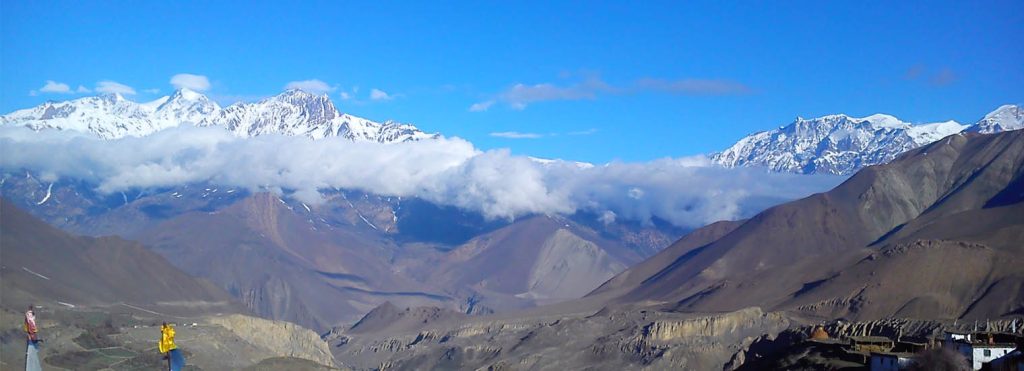
Day 16: Drive or fly from Jomsom to Pokhara
Following the completion of the Annapurna Circuit Trek or the Mustang Trek, many trekkers choose to fly or drive from Jomsom to Pokhara, a popular tourist destination in western Nepal. The scenic 20-25 minute flight from Jomsom to Pokhara offers breathtaking views of the Himalayas, including the Annapurna and Dhaulagiri peaks. The flight is operated by a small plane, and it may be delayed due to weather conditions. You can also take a jeep or bus from Jomsom to Pokhara, which will take about 10-12 hours. The road is rough and bumpy, but it rewards travellers with breathtaking views of the Himalayas, lush green valleys, and traditional villages. When you arrive in Pokhara, you can go sightseeing.
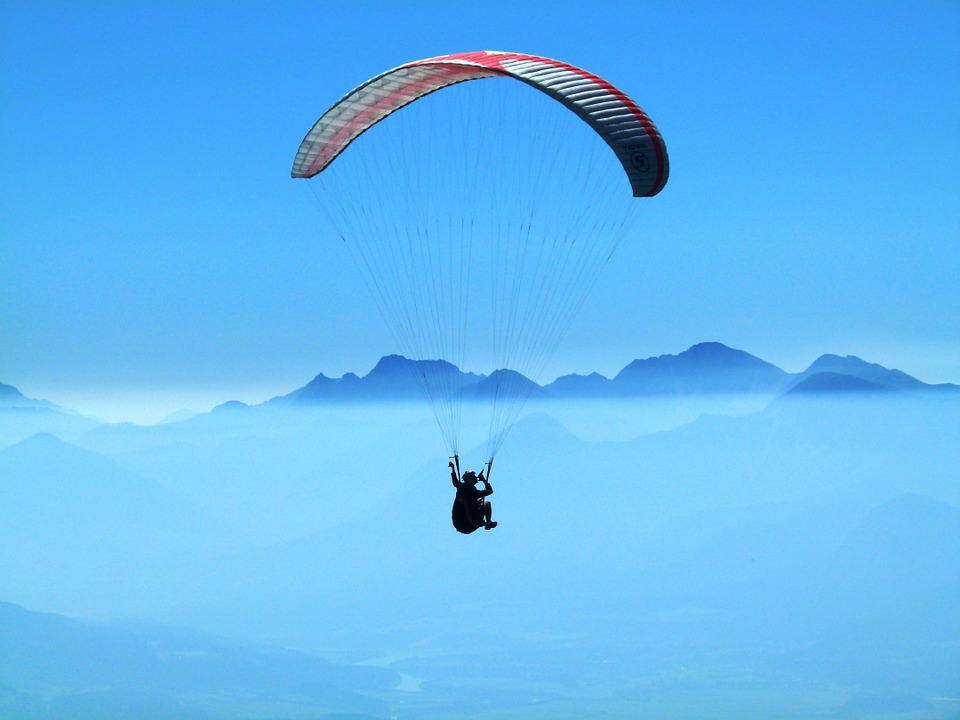
Day 17: Exploration day at Pokhara
Pokhara, Nepal’s second largest city, is a well-known tourist destination known for its scenic beauty and adventure sports. The city is surrounded by breathtaking mountain ranges, including the Annapurna and Dhaulagiri peaks, and it is home to several lakes, including the well-known Phewa Lake. Boating, paragliding, zip-lining, trekking, and mountain biking are just a few of the activities available on an exploration day in Pokhara. Take a boat ride on Phewa Lake and visit the Barahi Temple, which is located in the centre of the lake. Visit the World Peace Pagoda, a Buddhist stupa with panoramic views of the city and surrounding mountains. You can also visit nearby attractions such as Davis Falls, Mahendra Cave, and the Mountain Museum International. Pokhara also has a number of restaurants and cafes that serve both local and international cuisine, making it an ideal place to unwind after a long trek.
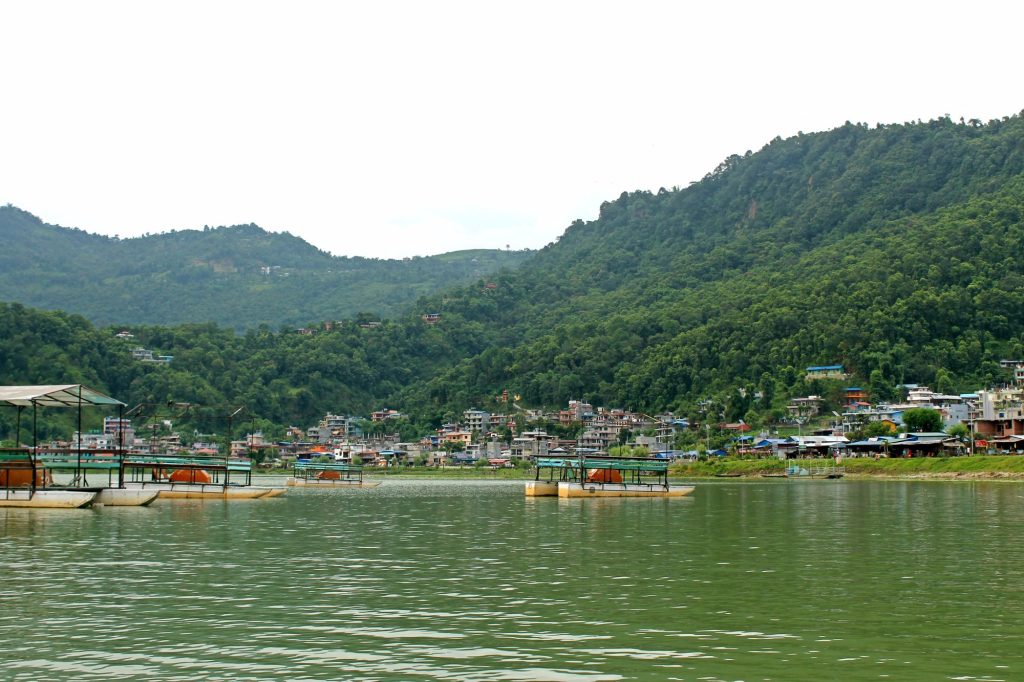
Day 18: Early morning scenic drive to Kathmandu
The scenic drive from Pokhara to Kathmandu takes approximately 6-7 hours and provides breathtaking views of the mountains and countryside. Along the way, you will pass through several small towns and villages, as well as cross several rivers and bridges. The road is winding and narrow, but the scenery compensates. You will also have the opportunity to stop at several scenic viewpoints to enjoy the breathtaking views of the Himalayan ranges. You can also stop at several roadside eateries along the way to sample some local cuisine. After arriving in Kathmandu, spend the rest of the day exploring the city’s many attractions, including ancient temples, palaces, and markets. Kathmandu is a vibrant city that offers a blend of traditional and modern culture.
Day 19: Departure
We will serve you breakfast in the morning. If your flight is planned for the morning. In accordance with your travel plans, Our team member will go to drop you at the Airport(In a private vehicle). If your flight is in the evening, you may go for shopping and pick up some souvenirs for your loved ones, or you can just hang around the Kathmandu city. Additionally, if you wish to stay in Nepal for a few extra days, we can set up some of the best adventure activities there. Some of them are:
We have tours and travels activities as well some of them include:
Tags: annapurna trekking, Annapurnacircuittrek, trekkinginnepal


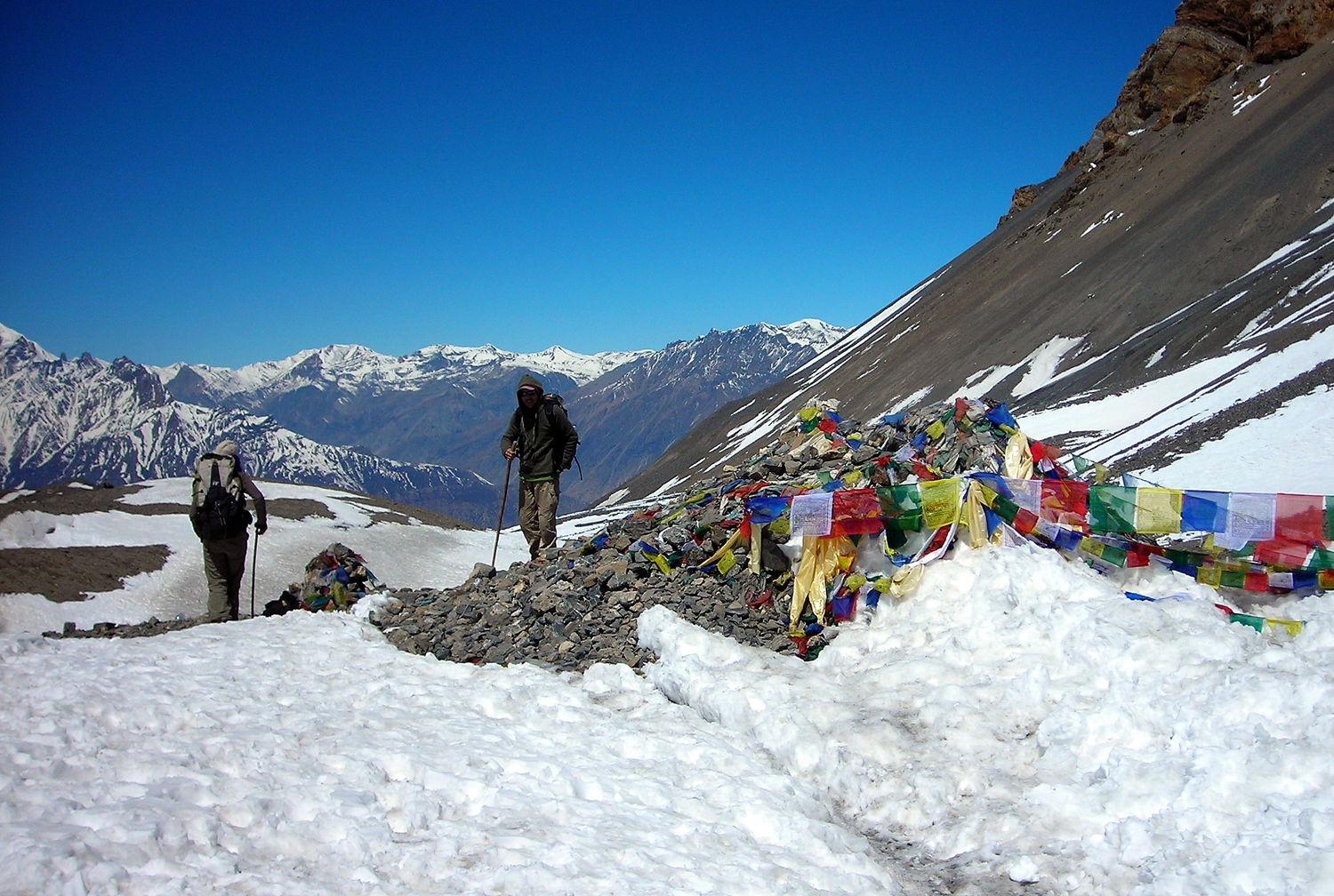
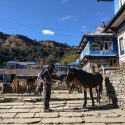
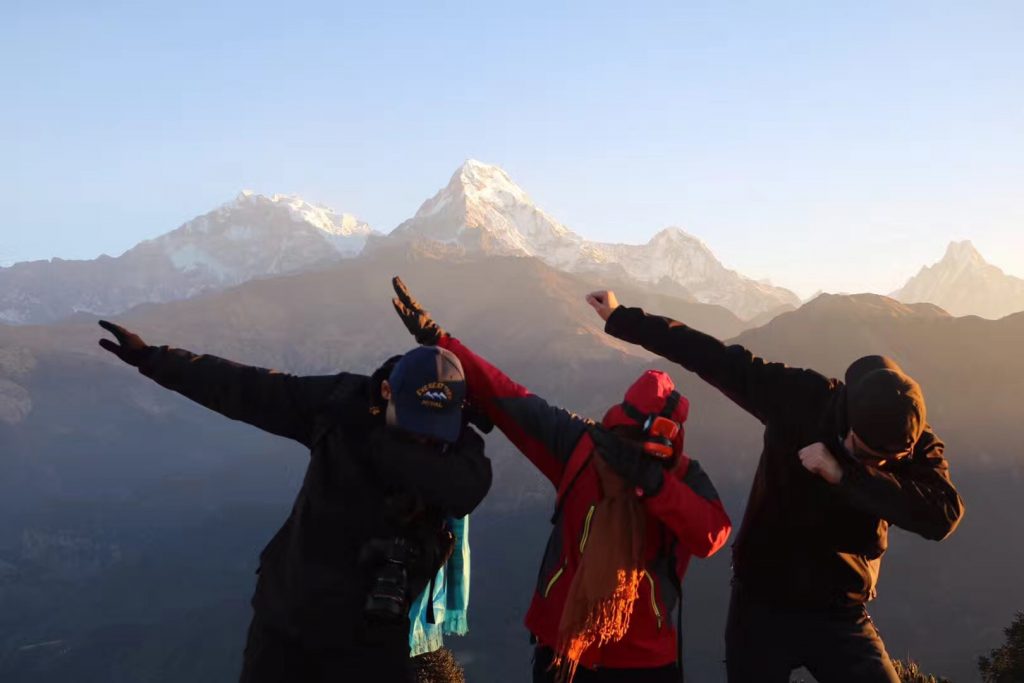
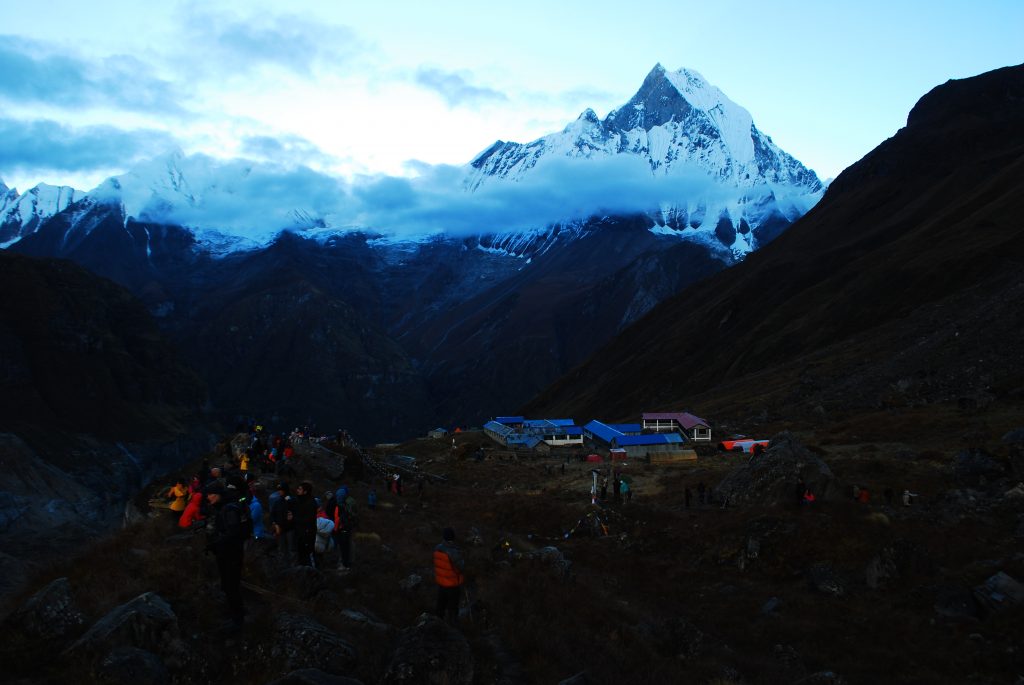
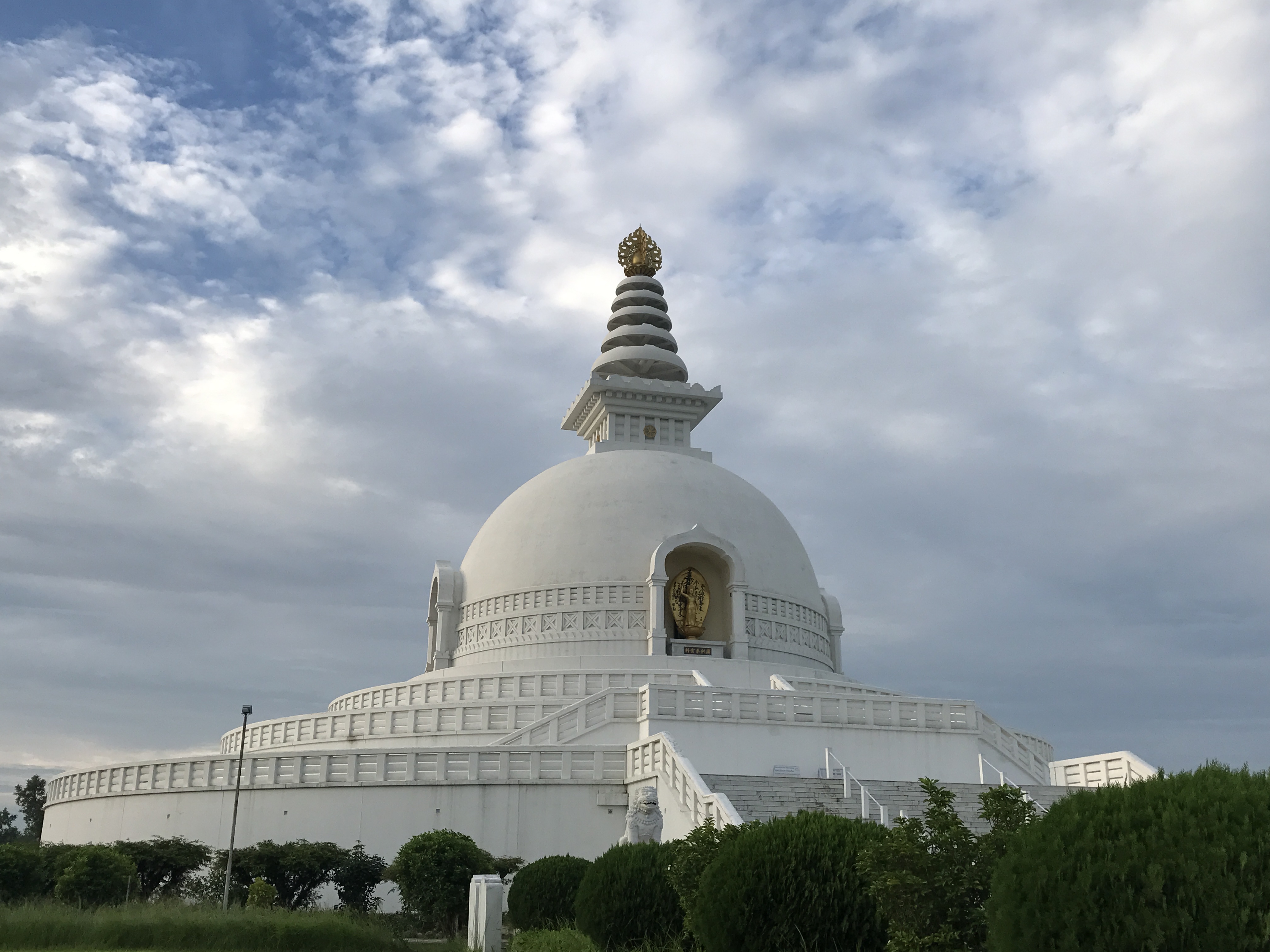
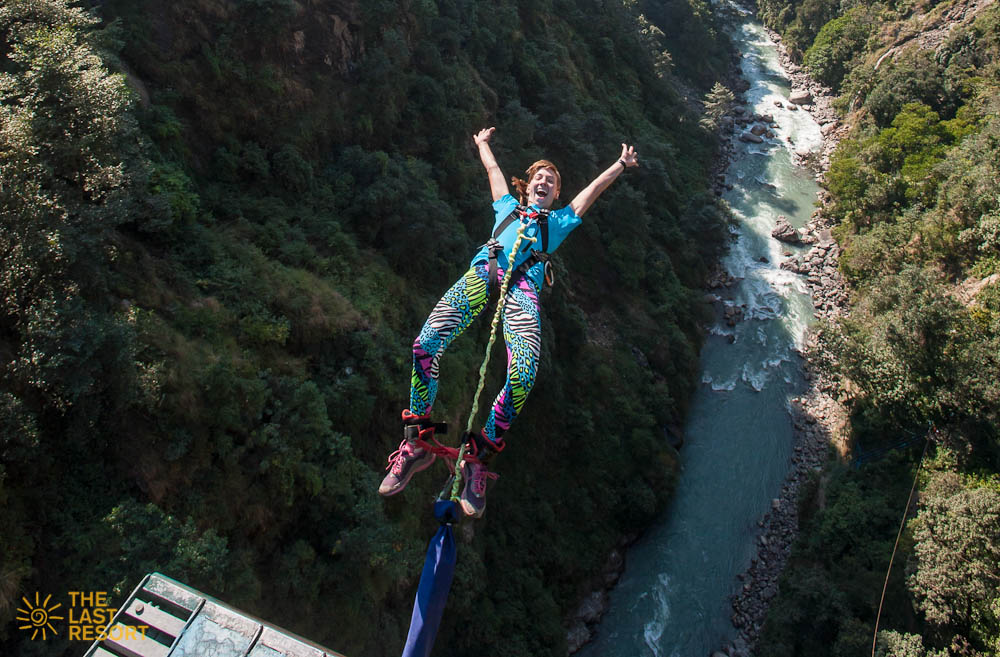
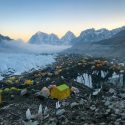
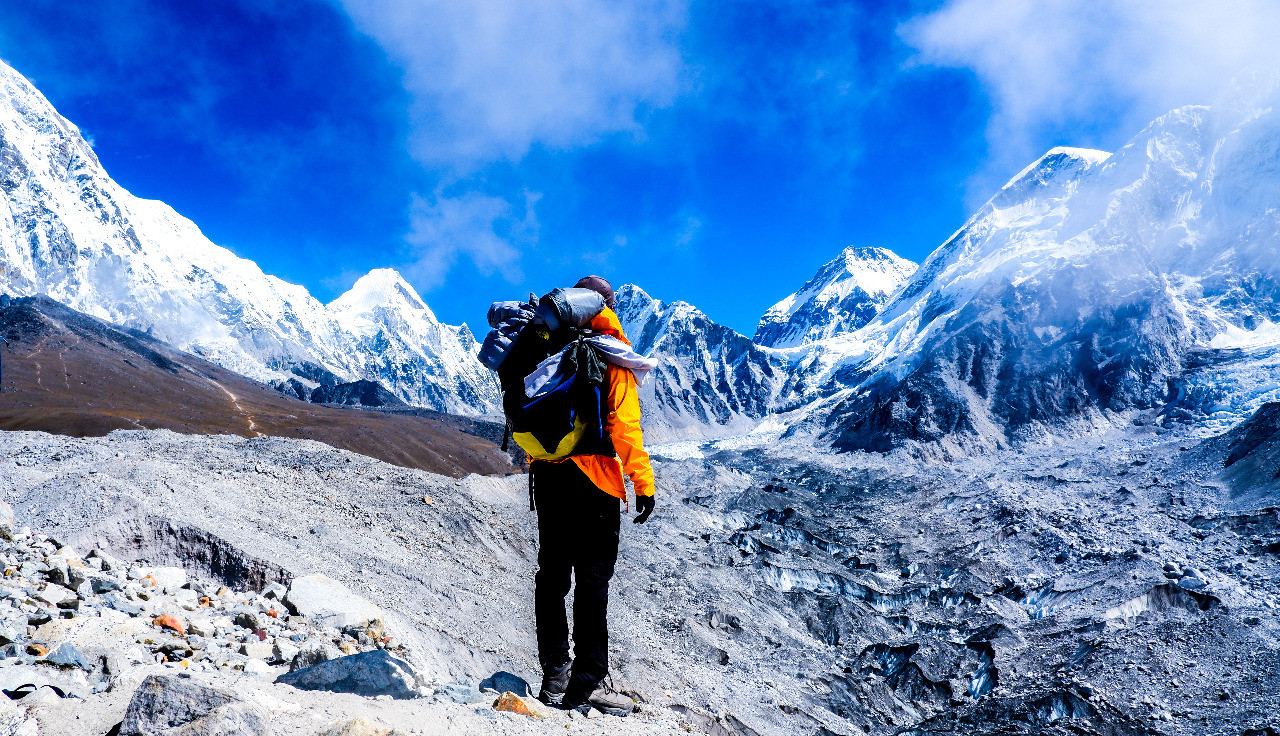
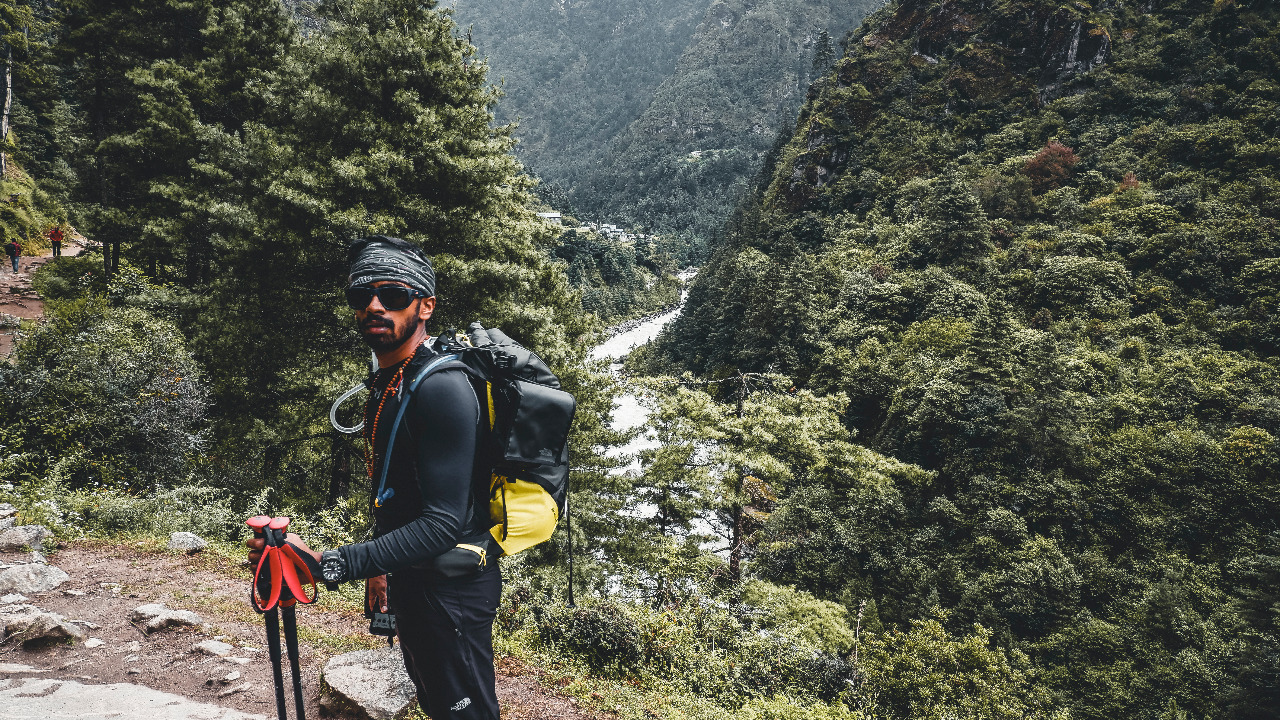
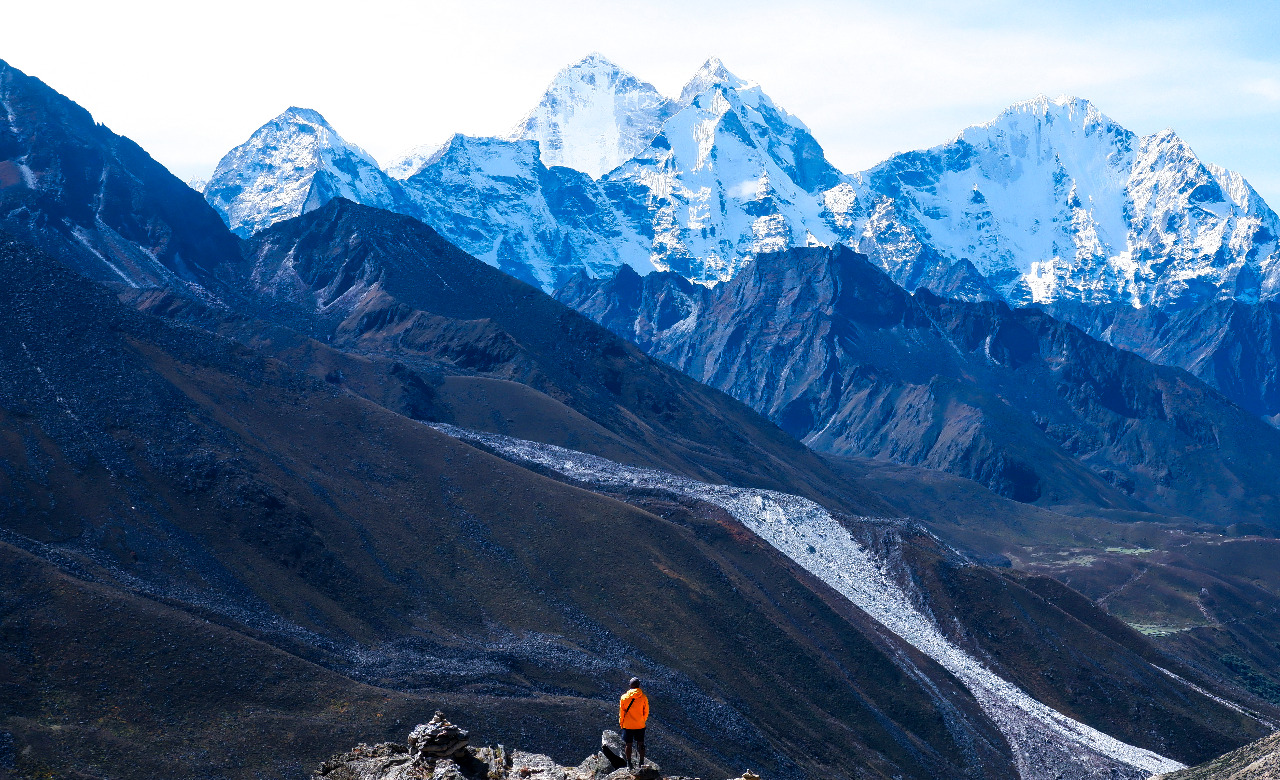
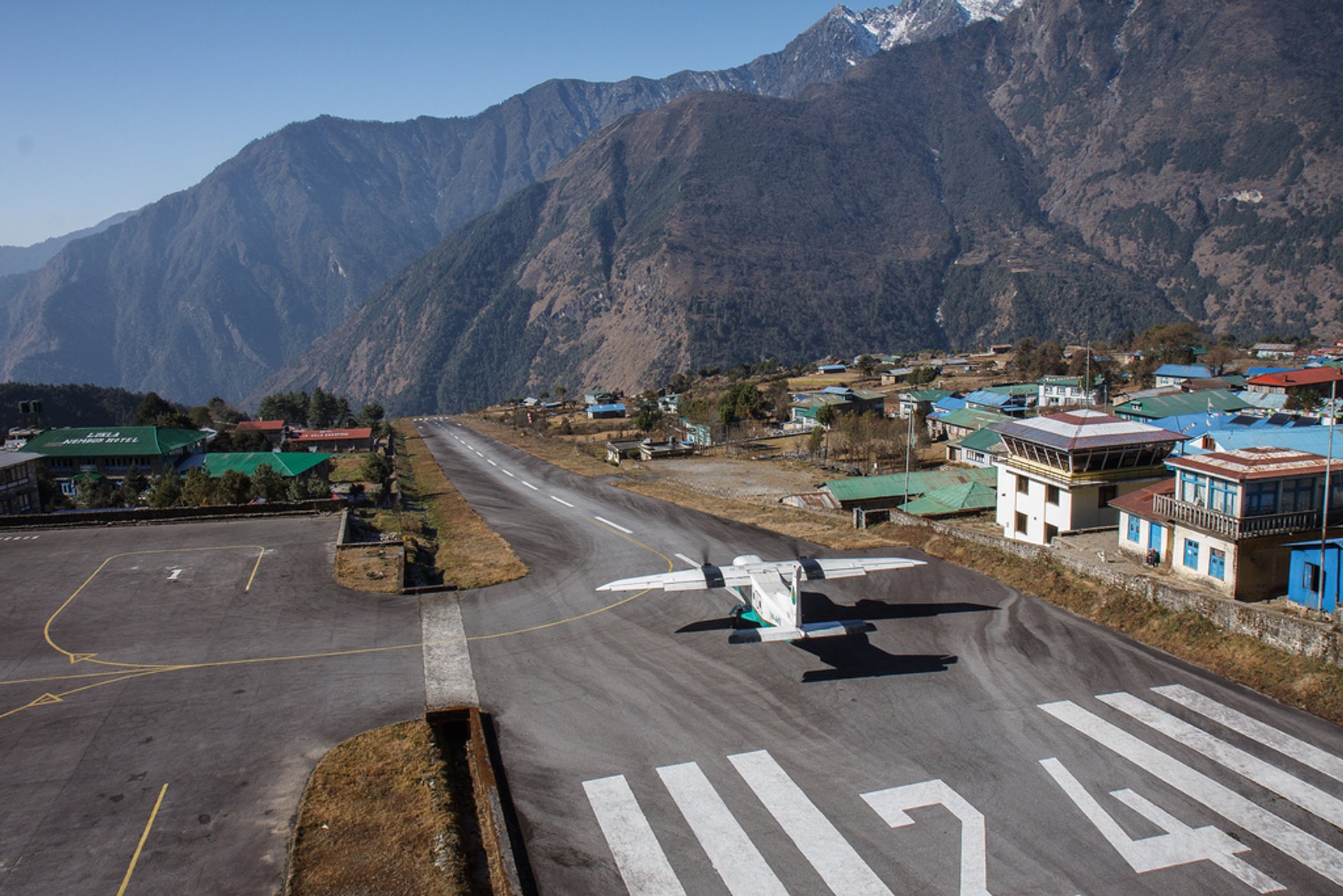
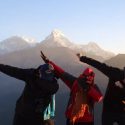
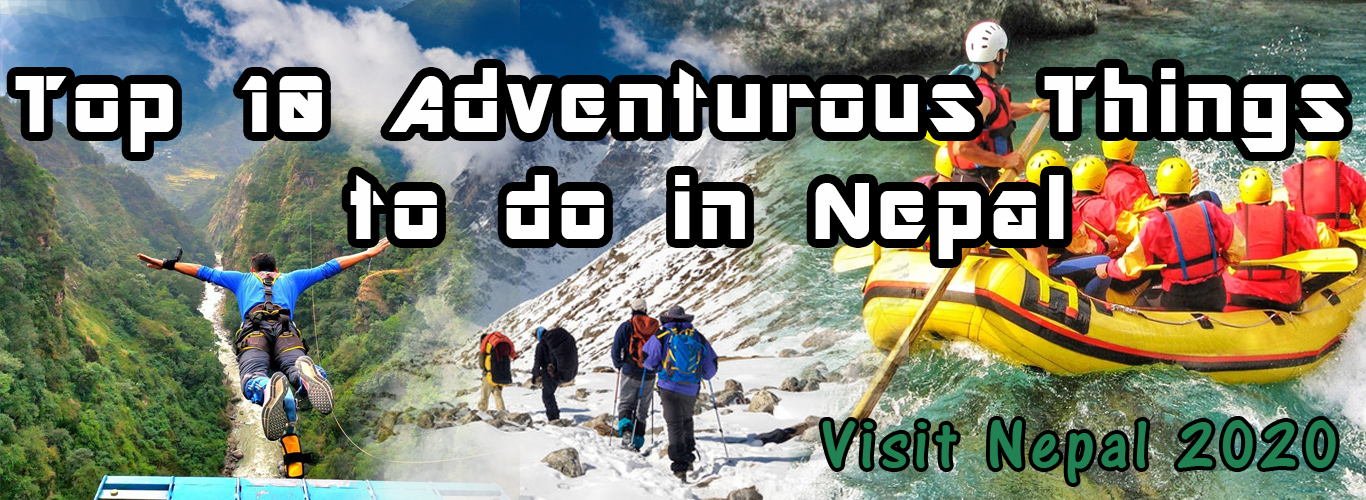


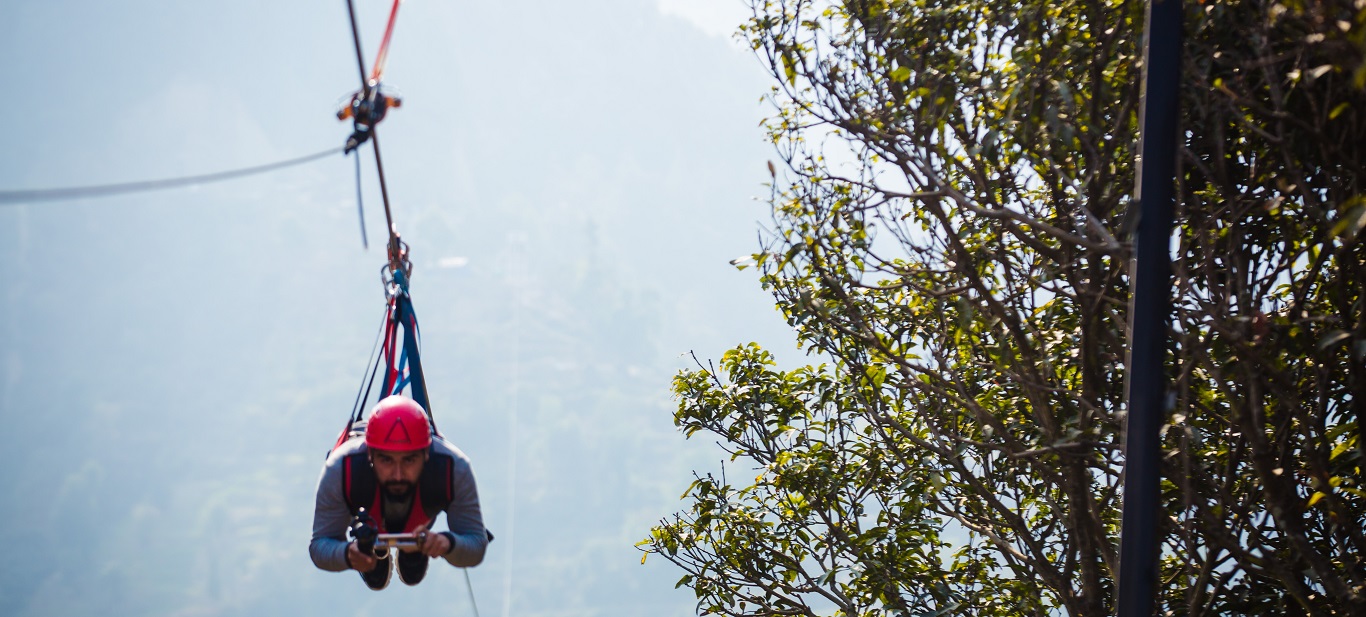


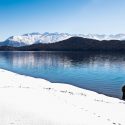
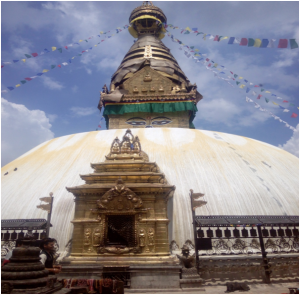
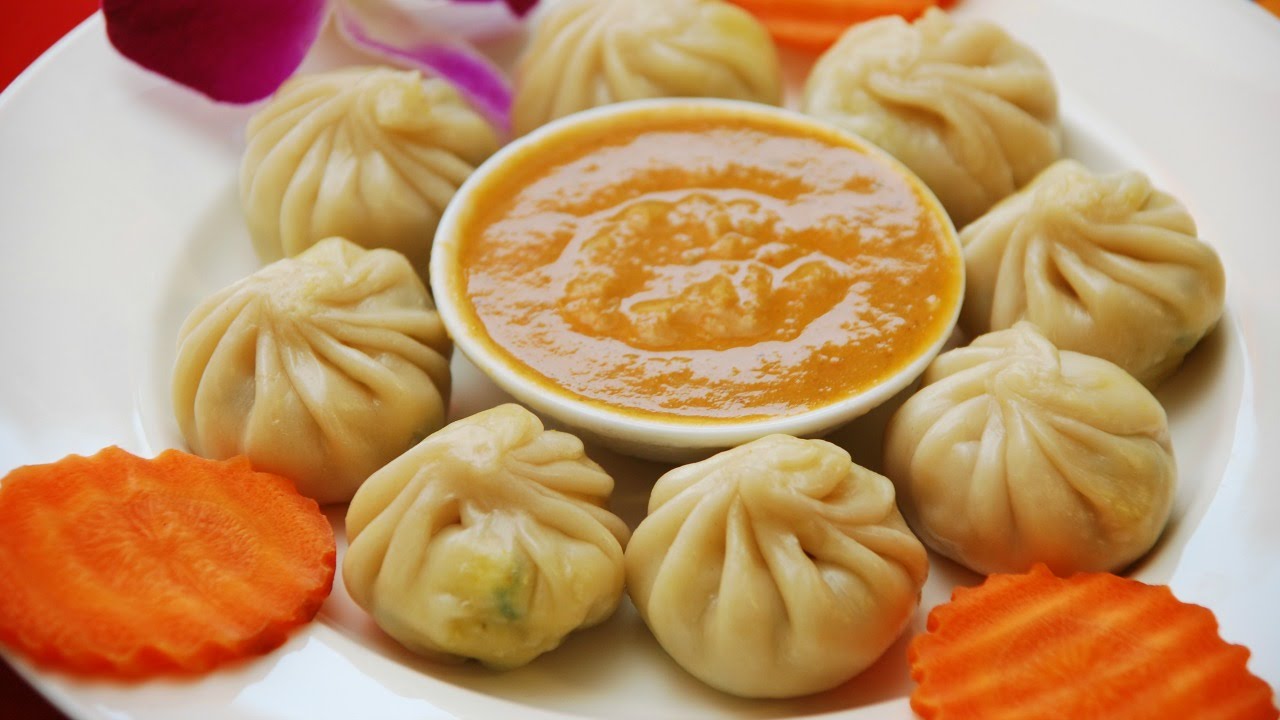
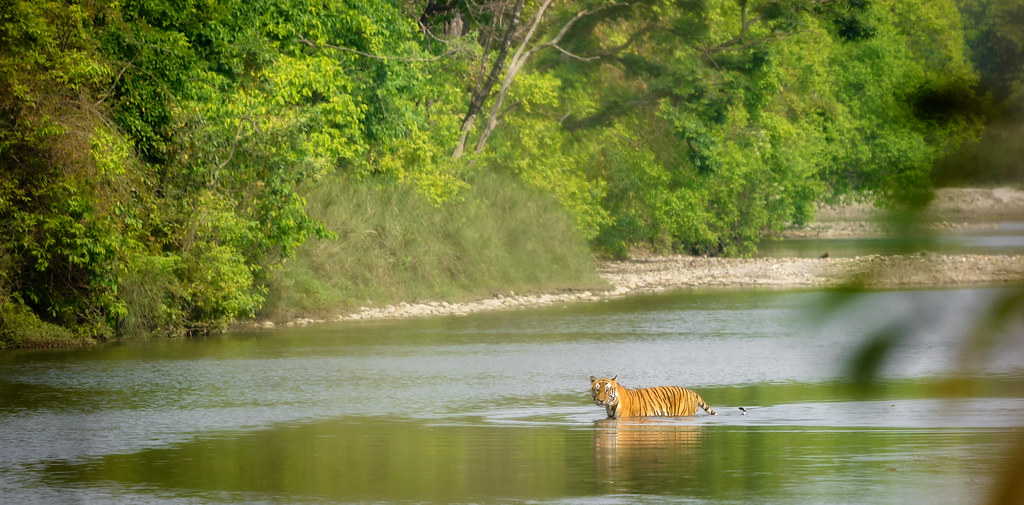
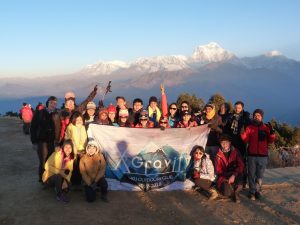 Nepal is celebrating visit Nepal 2020 and they aim to invite 2 million tourist this year. If you are planning to visit Nepal go through this article, this article is written by previous one of our traveler. As the heading is focused on visit Nepal 2020, but this is general information which is always necessary for every traveler. If you are traveling in 2020 go through our previous blog for
Nepal is celebrating visit Nepal 2020 and they aim to invite 2 million tourist this year. If you are planning to visit Nepal go through this article, this article is written by previous one of our traveler. As the heading is focused on visit Nepal 2020, but this is general information which is always necessary for every traveler. If you are traveling in 2020 go through our previous blog for